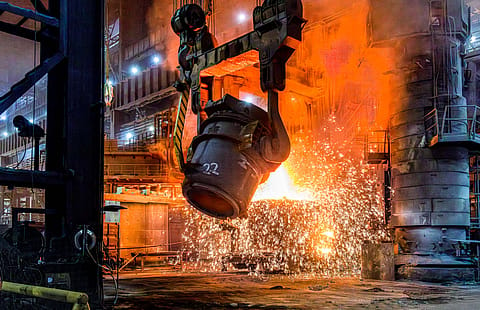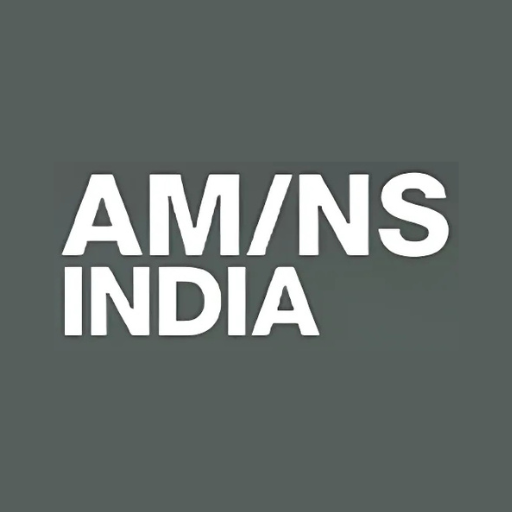AM/NS India aims to become the country’s first integrated green steel producer
AM/NS India is working towards becoming the country's first integrated green steel producer, aiming for a three-star rating under India's new Green Steel Taxonomy by 2026-27. With a significant expansion plan, the company expects nearly 70% of its steel production to meet green specifications, aligning with India's decarbonisation goals.

ArcelorMittal Nippon Steel India (AM/NS India) is readying itself to become the country’s first integrated steel company to become a three-star rated green steel manufacturer, when India’s new Green Steel Taxonomy gets rolled out in 2026-27.
Almost 70% of the company’s 9.6 million metric tonnes per annum (MTPA) steel production capacity is expected to turn green according to the Indian specification. As part of a multi-phase, ₹60,000 crore capacity expansion plan, the company is in the process of expanding its production capacity to 15.8 MTPA now.
“As India pursues its decarbonisation goals toward net-zero emissions by 2070, it has pioneered the world’s first green steel taxonomy. This landmark initiative provides a clear roadmap for the steel industry to transition towards sustainable practices. AM/NS India stands firmly aligned with this vision, and the initiatives we have undertaken give us confidence that we will be ready when this taxonomy is implemented”, Dilip Oommen, Chief Executive Officer, AM/NS India, said.
Green steel, as defined in the taxonomy, is categorised based on the emissions intensity of the steel plant where it is produced. To qualify, the CO2 equivalent (CO2e) emissions intensity must be less than 2.2 tonnes of CO2e per tonne of finished steel (tfs). Steel with an emissions intensity above this threshold will not be eligible for a green rating, while steel produced below it will be rated on a three-tier system--three-star, four-star, or five-star green steel. Green Steel Taxonomy for India was published in December 2024 by the Ministry of Steel to provide a common language and framework on what constitutes lower-carbon steel to advance decarbonisation of India’s steel industry and catalyse demand for greener steels for and from India.
AM/NS India achieved a CO2 intensity of 2.17 tCO2/tcs in FY 23—14% lower than the national average and aims to achieve 20% reduction in carbon emissions intensity by 2030 to 1.8 tCO2/tcs from the 2021 baseline. The company has already reduced its carbon emissions intensity by over 35% since 2015. Currently, 65% of AM/NS India's steel capacity is derived from the Direct Reduced Iron (DRI) route that uses natural gas. This process has a low carbon footprint. Further, the ongoing expansion incorporates state-of-the-art technologies that focus on lowering carbon emissions.
AM/NS India’s initiatives—that will result in more sustainable steel production—include a renewable hybrid project by AM Green Energy in Kurnool, Andhra Pradesh, to power AM/NS India’s flagship steel manufacturing plant in Hazira, Gujarat. It has a new scrap processing facility in Khopoli, Maharashtra, which is already operational, and three additional centres under development to enhance the use of recycled materials, further reducing the company’s carbon footprint. Continuously improving operational efficiency by leveraging advanced technologies such as digitisation and machine learning to reduce energy and material usage in manufacturing is another initiative of the company in its green drive.
AM/NS India’s green and specialised steel products help customers meet global standards, export efficiently and promote a greener value chain. The company is among the lowest carbon-intensive steelmakers in India, leading the way as India’s green steel taxonomy comes into force.
